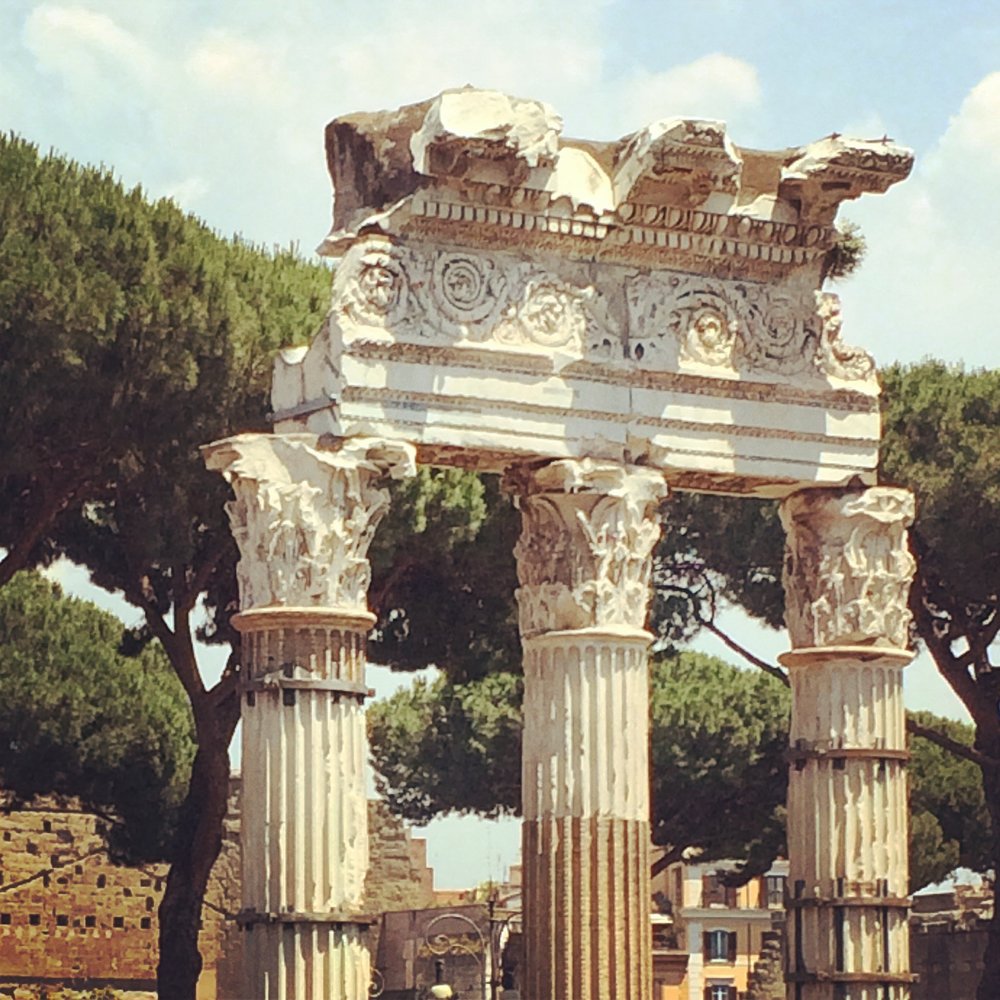The farmhouse aesthetic has been gaining in popularity for a while. These projects offer nice examples of what that means.
manifesto
MANIFESTO FOR A 21st CENTURY HOME
The new modern home possesses an elegant simplicity and harmony in design
The new modern home promotes chosen lifestyle patterns, and allots resources to enrich those choices
The new modern home advances the unique and essential qualities of the individual
The new modern home inspires the imagination and preserves our best memories
The new modern home engages the heart and shares in the desires and passions of the family
The new modern home expands our intellect and summons our greater purpose
The new modern home removes the superfluous and moves toward clarity and balance
The new modern home, by compartmentalizing, lessens unnecessary choices and reduces chaos
The new modern home is a respectful and engaging neighbor
The new modern home is archetypal in form, yet modern in style
The new modern home evokes an overall mood, yet allows for areas of deviation and distinction
The new modern home allows for undisturbed retreat, spiritual sanctuary and safe shelter
The new modern home encourages fun, camaraderie, family gatherings, and entertaining
The new modern home reinforces active exploration and discovery in the outside world
The new modern home is smart and sustainable, but does not allow technology to dominate living spaces
The new modern home engages the land locally, and conserves resources globally
The new modern home makes homeownership a positive, worthy and significant experience
The new modern home adds to the intricate tapestry of life
Posted by Shannon Scarlett on Friday, April 8, 2016
Building for Life- book review

corinthian column symbolic of tree, projecting vertical strength and floral embellishment: truth, utility and beauty
Building for Life: Designing and Understanding the Human-Nature Connection
by Steven Kellert
Book Review:
I tell people my greatest interest in architecture is when I can merge the inside and outside into a single flowing design. Building for Life does not go into length on this particular concept but supports it in general as a part of the love of nature continuum. He refers to this as Biophilia, a term coined by scientist E O Wilson that translates to “love of life.” The idea is that man is inherently attracted to nature, and is at a loss when nature is missing from his environment. This book explores ways of bringing nature back into our work places and personal surroundings. It provides scientific studies as proof of the need, and offers solutions that begin to remedy the problem by incorporating nature into architecture both directly and symbolically.
Kellert believes that it is especially important to expose children to nature, in whatever ways possible. Empathy and knowledge are really our best defense against environmental waste and destruction. I grew up spending a lot of time in the woods (my Dad was a forest ranger when he wasn’t teaching science), so his theory helped put my passion for nature into perspective. In nature we connect, we understand that we are not separate but part of a larger world.
He also points out that if we don’t build places we love—that are beautiful, light filled, well built and unique in character—we will never put in the extra energy needed to preserve them longterm. And tearing down a building that is only a couple decades old is the worst affront to the conservation ideals of sustainability I can imagine. I’ll be watching to see how the ‘biophilia’ movement grows and transforms, and hopefully adding to it in some small way.
Shannon Scarlett
breaking the "fast house" habit

What is Slow House?
A slow house cannot be a standardized, mass produced commodity. While any good design will attract our attention, and ignite our desire, it will also add true value to the neighborhood, and provide long-term benefits to the homeowner.
In describing the problem of poorly designed houses across North America, Slow Home Studio points out, “…like fast food. A fast house is a standardized, mass produced commodity that has been designed to attract our attention, ignite our desire, and give the illusion of value as much if not more than its been designed as a place to live. This lack of attention to the fundamentals of good design makes a fast house difficult to live in and hard on the environment.”
They go on to describe their findings from their survey of design quality of over 4600 new residential properties in nine North American cities, they discovered 57% were badly designed fast houses. Even more unsettling was their finding that in the single-family house category 78% would be considered fast houses.
The slow home attempts to break the “fast house” habit by offering equally compelling but different standards for the homeowner to use in making future housing decisions.
“We believe that homes are too emotionally significant, have too large an environmental footprint, and represent too significant a financial investment for this kind of institutionalized bad design to continue unchecked. A Slow Home is the antithesis of this too-fast mindset.”
